Relationship between theater and visual arts Through the step-by-step development of children and plays presented in Blueprint, I could again confirm that educational theatre is not an option but an essential subject for children. I made a diagram to deeply analyze the characteristics of each developmental stage and the corresponding play education strategy. In other words, if you look at the chart above, children start creative play for the first time, respond to stories with joy and cheers, and as they become elementary school students, they observe their world and create their own stories. And in middle school, i.e., during puberty, secondary growth and dramatic emotional expression due to hormones help in theater activities. Through this process, when children become high school students who choose theater as their major, they are prepared to use their abilities through detailed technical and critical exploration of theater. These stages of children's development are very similar to theatrical characteristics, such as breathing. In other words, children love theater from an early age, pursue theater, hone their skills for theater, and learn about society. We have already seen this in the "Building Relationships Crucial to play" part of the Victoria School example. "Using the arts as part of one's "practice" should be as natural as breathing. Music, art, drama, dance, and literacy arts makes the teaching and learning process three dimensional. More real and thereby more meaningful" (by Sherryl Clelland, an art teacher) In other words, when we find a connection point that connects these plays with visual art as naturally as breathing, education will become more realistic, lively, three-dimensional, and meaningful. And in fact, I could rethink these examples again through the "Teaching and Learning Conference 2023" hosted by Adelphi University, which the professor recommended. In other words, during the lecture, I was deeply inspired by the content of James Martin, the co-founder of Baby Giant Design, in the Friday online lecture "Idea & the future of creative art." While explaining the numerous icons and typography he designs, he shared through the screen how many times he practiced, wrote, imagined, and tried to develop such a design. He showed us many sketchbooks and journals, diaries, and exercise books in which he sketched. It was a fantastic amount. Designers practice sparkly ideas, travel for inspiration, listen to Music, and perform. And the result of this work comes out in the form of a work of art. He explained that encouraging this activity is an idea for future creative arts and education. I agree with him. In other words, as the art teacher at Victoria School said above, art education is practiced like breathing, writing, and acting, and this is delivered in the form of visual art that can be seen with the eyes. In other words, theater and performance, drama and visual art are not separated as if they were different parts. Still, they are the same root and have an important relationship. It's like watching a child's development process and feeling like the child was born for play. To use such natural temperament and characteristics, it is essential first to recognize the basics, skills, and roles of theater and incorporate them into the art education field. For this example, if you recall the class example of drawing ten favorite animals that applied Eastern woodland first nation artist Norval Morrisseau, which was already practiced in the 4th-grade classroom like the example of the Victoria School, the correct answer will come out. Each of them thinks of an image of their favorite animal, discusses it, reads it, investigates it, collaborates with other fields, expresses it as a performance, and then draws it as an image. Our students can receive a three-dimensional, multi-faceted, profound education through this.
0 Comments
Student development and theater* This post is one of a note after reading about the Student development and theater by Blueprint. Early childhood and the grade 2 benchmark
Note after reading, "Investigating Artistic Endeavors by students at home by Jennifer E.Crum2/28/2023 Note after reading, "Investigating Artistic Endeavors by students at home by Jennifer E.CrumThis study explores how family and place influence students' attitudes and understandings of the arts. The study, as part of an exploration of elementary school art classes, interviewed approximately 250 children in grades 2 through 5 about their statements about the art they made at home. In addition, based on the level of participation and environment of the families, they are classified into "Daycare" families, "Garage" families, "Kitchen" families, "Basement" families, and "Everywhere" families, and describe the characteristics of each. Art educator George Szekely (2006) suggested that home art should be linked to school art if art is to have deep meaning in children's lives (p. 3).
The option of examining students' artistic practices outside of school can develop meaningful relationships and communication between teachers and students. Students complete classroom art projects when their activities are recognized as important. Wilson (2005) said that children's self-directed production of visual culture is pedagogy. He describes (1) a space in which children construct their own visual cultural texts, (2) a traditional art classroom in which teachers guide artistic activities, and (3) a place between school art and the space children initiate themselves (p. 18). Given the opportunity for home art to have a place in the classroom, art educators can learn how to balance curriculum-based art instruction with students' visual culture at home. Students in art classes should be given the opportunity to reveal how their work, whether created at home or outside of school, can and should be recognized as legitimate. It is important to the school curriculum to enrich students' learning. NOTE: In my case, I am closer to the kitchen family in terms of my attitude towards art and materials. And I try to develop artistic sense in children. So, from an early age, I encouraged my children to visit galleries and museums very often. And in terms of letting kids enjoy art and making their own choices, it's like the Everywhere Family. One thing to learn is that I need to recognize and encourage family members as artists, such as Basement or Garage. I thought this was a matter for the child to decide for himself, and I did not use their title as an artist. Maybe that's why my older son lacks the confidence to consider himself an artist compared to his experience with a lot of art. It is a journal to learn that it is important to instill an identity as an artist in order for children to grow up with the confidence that they are artists and recognize the value of art. Certificate of participation, 2023 Teaching&Learning conference I got a certificate of participation about the teaching and learning conference. Above all, this conference left two strong impressions. It was an opening through meditation and deep breathing conducted by M.gABRIELA hURTADO aLVARADO, PhD, in the field of clinical psychology before the first start. Most seminars or workshops begin without this opportunity for meditation. However, I personally think this configuration is very good, especially for focusing on online workshops. 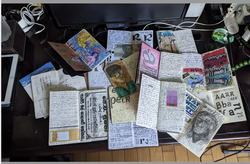 The second thing that impressed me was the effort to create design, especially typography. Draw, think, write and gather information for one simple design icon as below. Without this process, true design does not seem to be born. Above all, in the case of artificial intelligence pictures or Chat GPT, which are popular these days, they show perfect results that are completed right away without such a process. Because of that, there are many cases where the reason why a certain knowledge was made based on what kind of history and what kind of philosophy was created through what process the painting was designed. People are obsessed with results and rejoice in perfect results.
However, true art has a process like this. It has history, philosophy, perseverance, and effort. This is probably an area where machines can't imitate human efforts, although I don't know how far artificial intelligence will advance. So personally, I think artists should record their work history and thoughts about their work, like a diary. In this respect, this seminar not only gave me know-how on teaching, but also gave me a good opportunity to deeply explore my artistic attitude. Best Art Quotes from my class in Adelphi university Creativity takes courage” - Painter Henri Matisse
“We must infuse our lives with art” – Author and poet Maya Angelou “Arts and sciences are branches of the same tree.” – Scientist Albert Einstein "I regard the theatre as the greatest of all art forms, the most immediate way in which a human being can share with another the sense of what it is to be a human being." – Writer and poet Oscar Wilde “Whoever neglects the arts when he is young has lost the past and is dead to the future.” – Philosopher Sophocles “The arts are weapons of understanding and weapons of happiness.” – Film and Theatre Director Richard Eyre “The purpose of art is to wipe off the dust of daily life off our souls.” – Painter Pablo Picasso “The world is but a canvas to our imagination.” – Writer Henry David Thoreau “Art makes us see.” – Painter Paul Klee “Every human is an artist. And this is the main art that we have: the creation of our story.” - Writer Don Miguel Ruiz |
Myungja Anna KohArtist Categories
All
Archives
July 2024
|
Proudly powered by Weebly

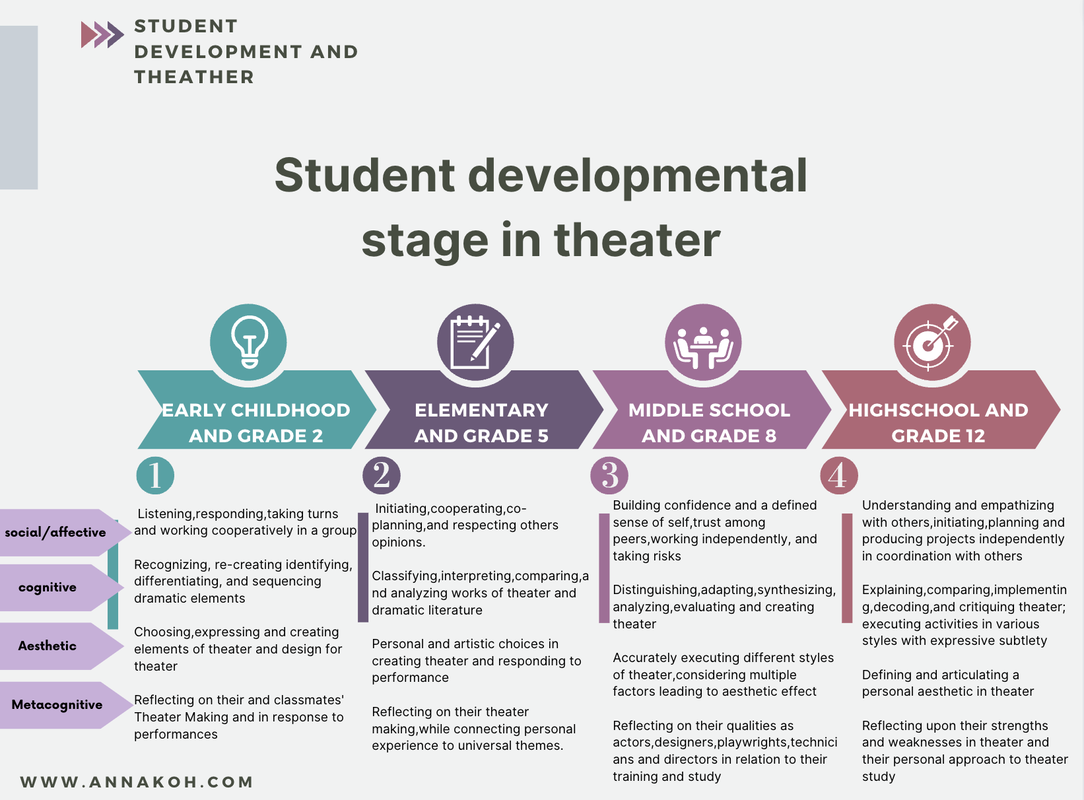


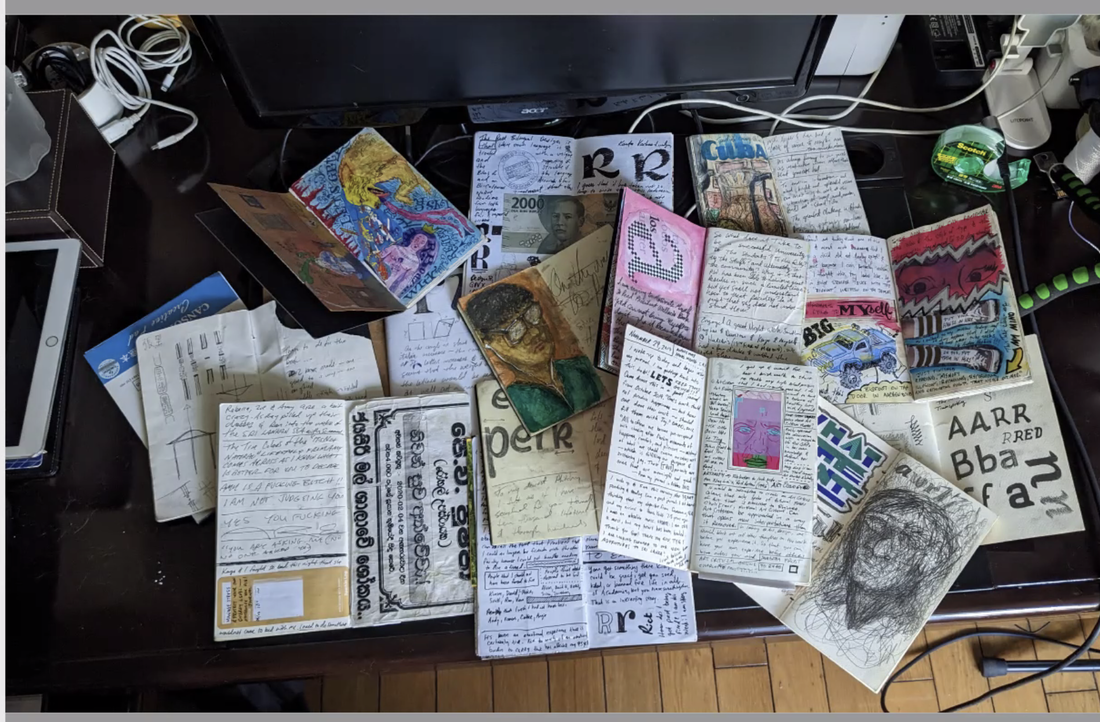
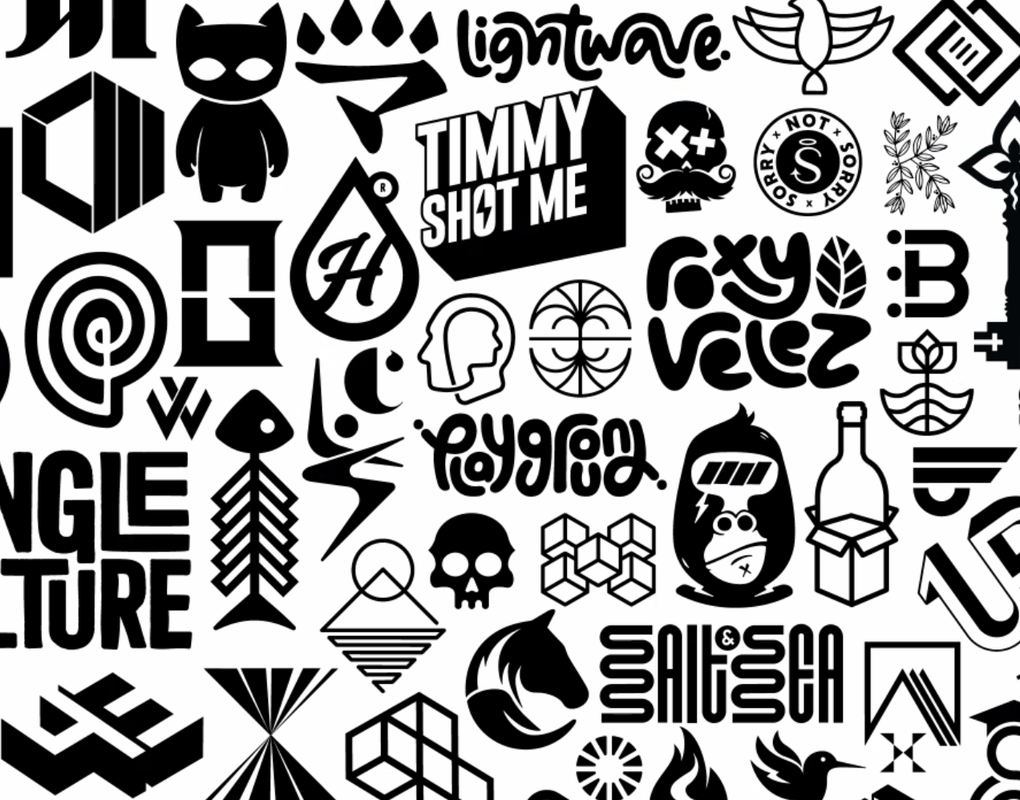
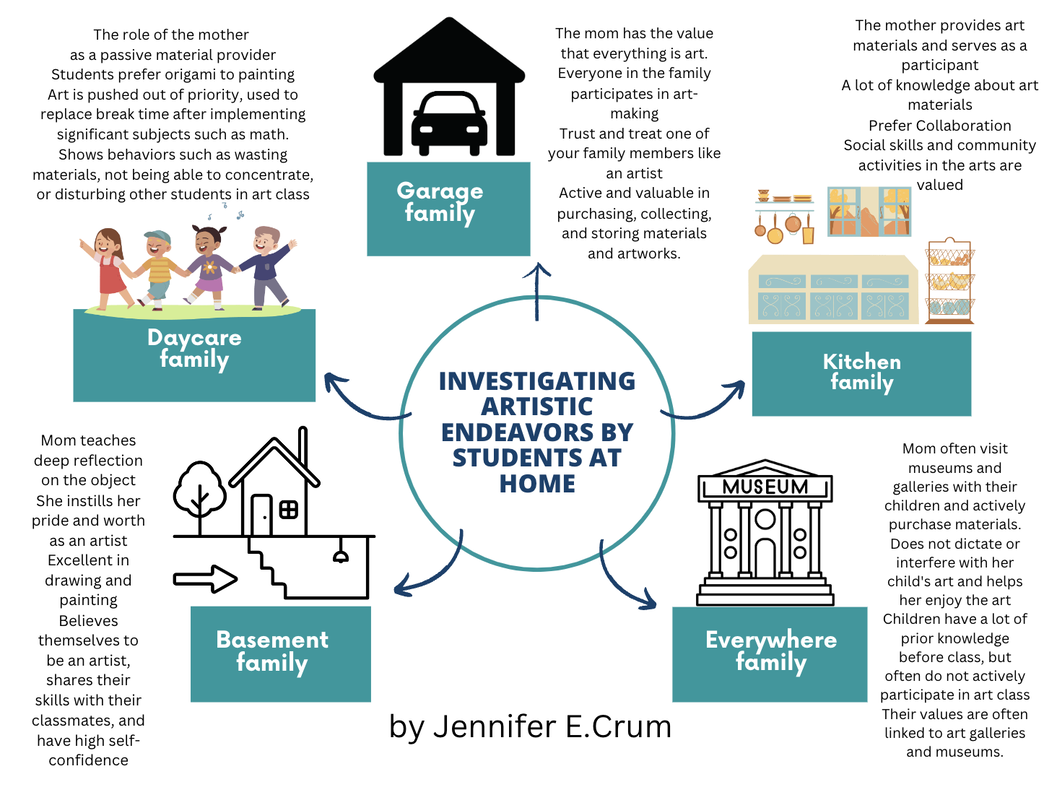
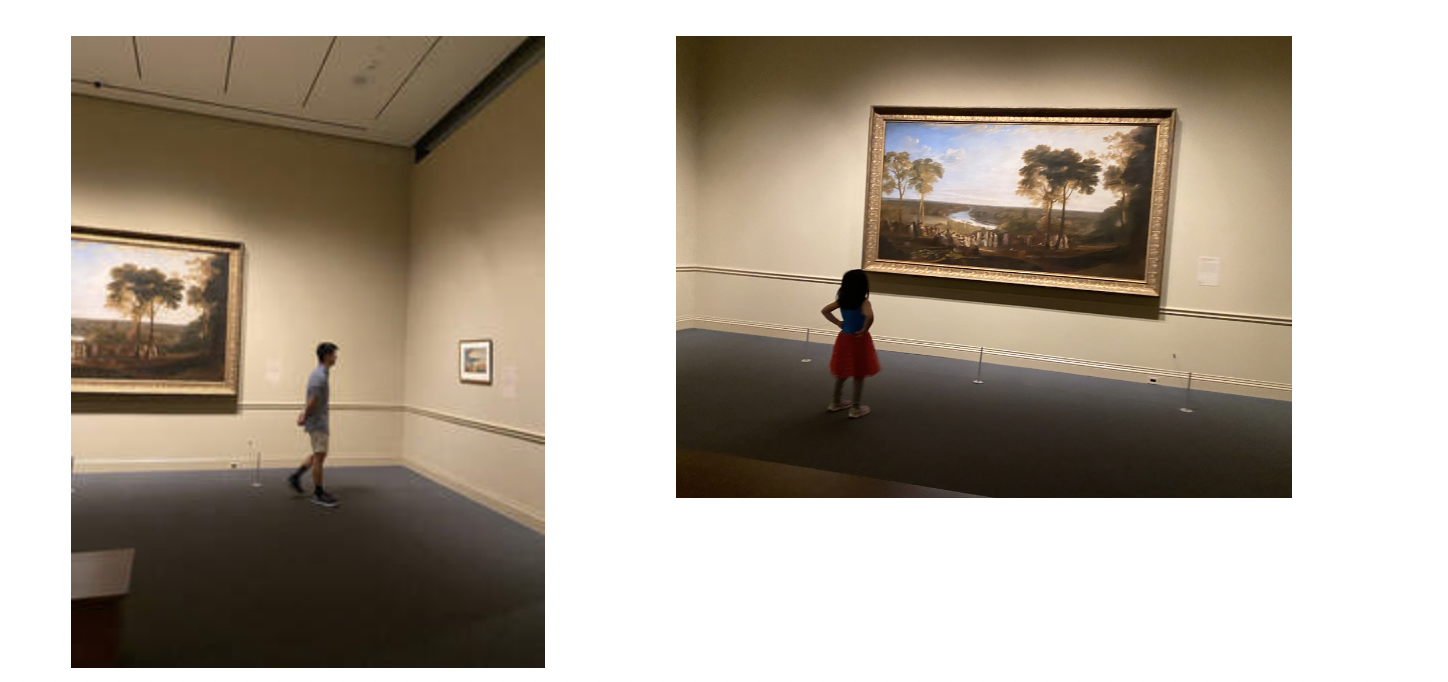
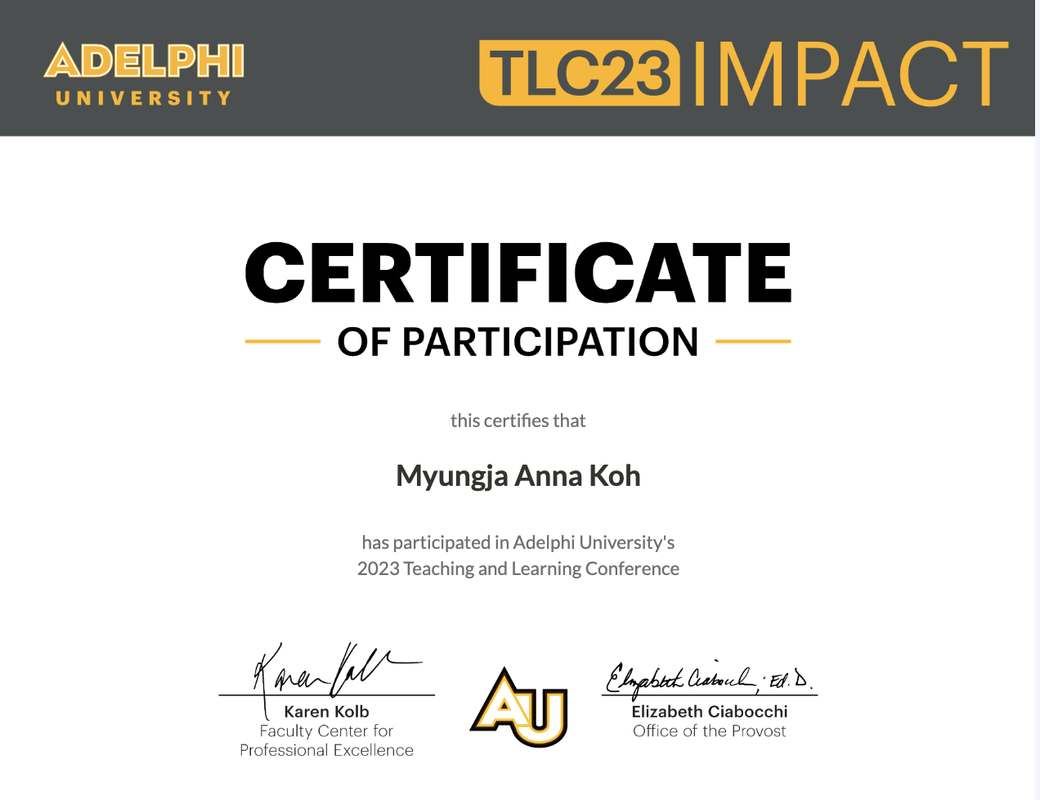
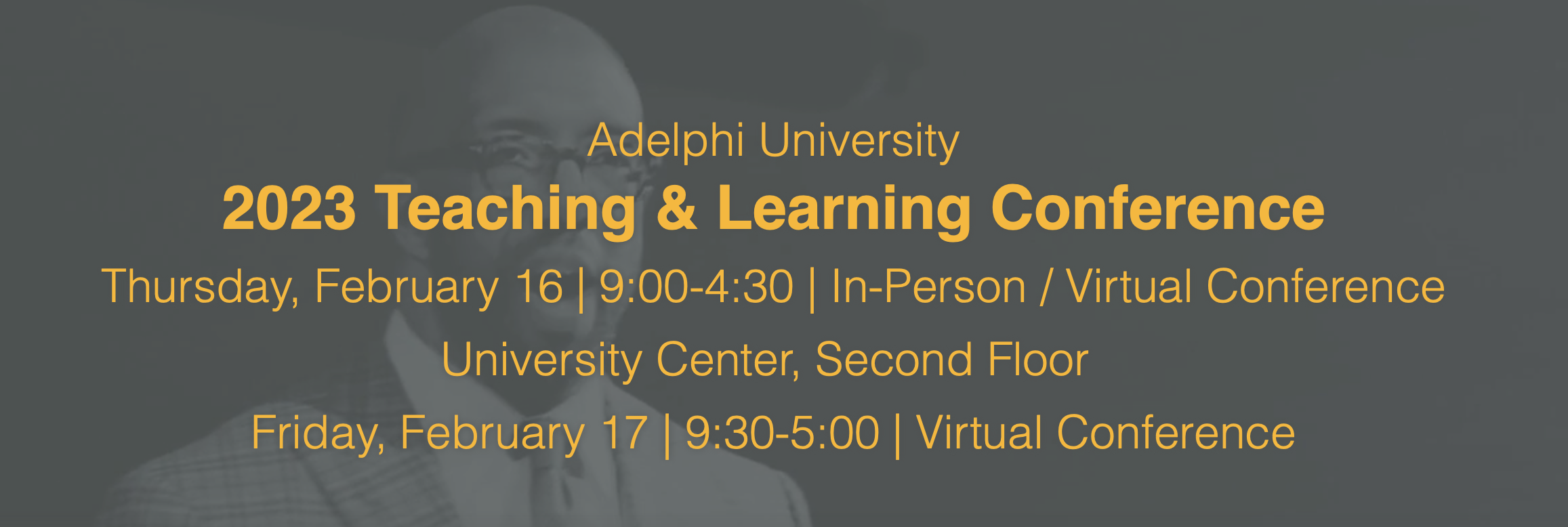
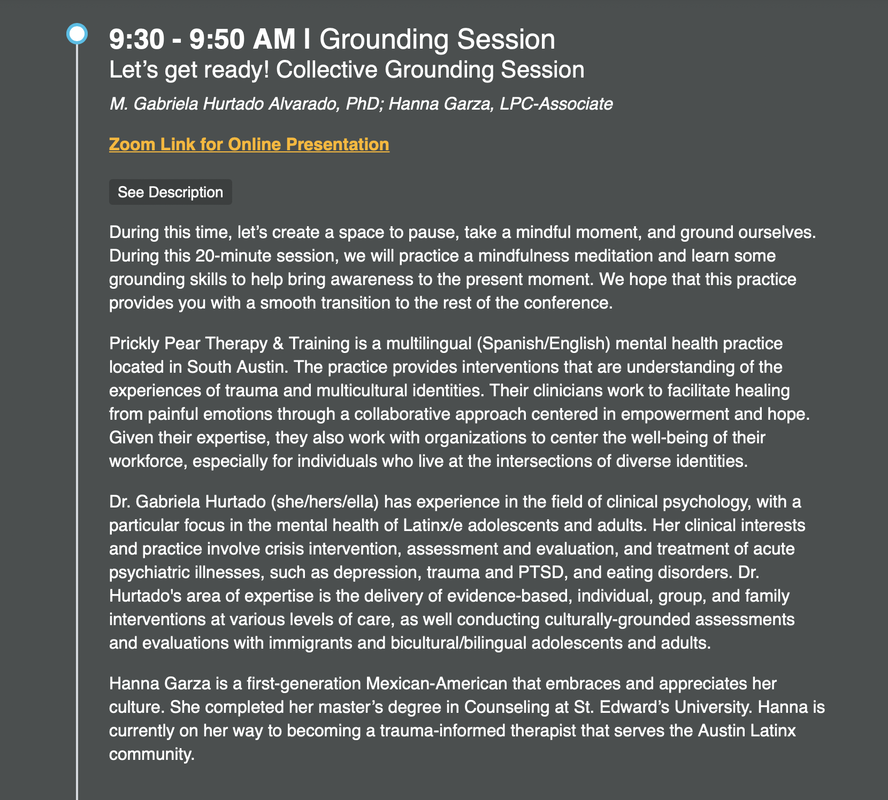
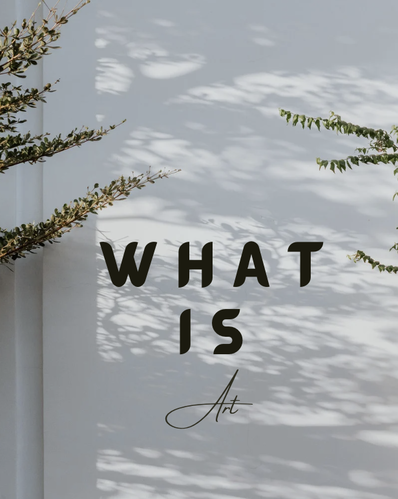
 RSS Feed
RSS Feed